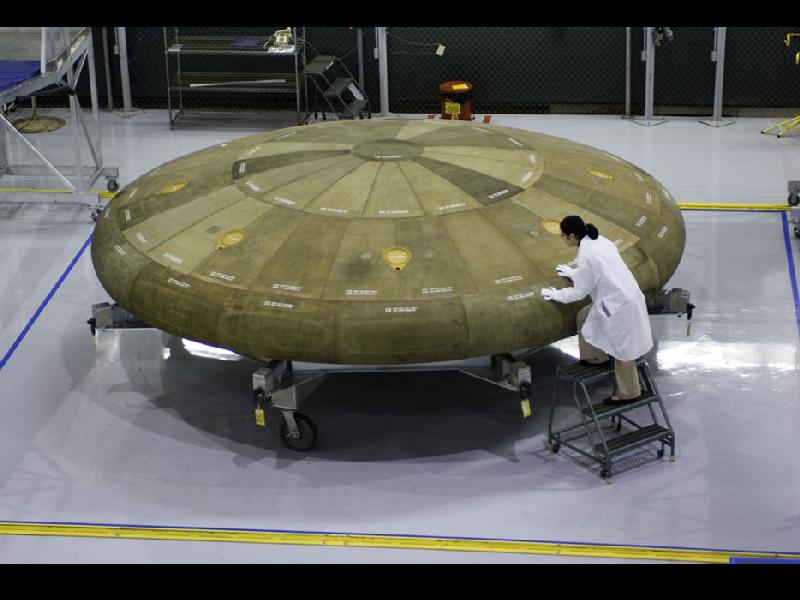U.S. Space Future

Now that the madness from the U.S. elections has died down a bit and we’re all waiting for the change of government to take place, there’s a lot of speculation about NASA, technology, and America’s future directions in pure science research. We’ve voted out an administration that was demonstrably anti-science, and hopefully the new administration will recognize the importance of science in education and for our country’s future. We all have a lot of work ahead of us to point the U.S. at technological achievement unfettered by ideological chains.
Let’s talk about NASA a bit, since we just saw another very successful launch of the space shuttle to the ISS, the multi-country space installation that has been under construction for quite some time.
NASA hasn’t been alone in heading to space. The Russians have been there as long or longer than we have. China, Japan, Europe, and now India, have all planted their technological feet “up there” and I think that’s great. We are heading toward greater levels of international cooperation in space, if only because it’s so darned expensive and complex to mount ambitious missions. It’s easier to get there if we pool our assets to do it.
Some agencies would like to dominate in certain areas, and that may be a good thing. It shouldn’t be left up to one agency to shoulder all the burdens, particularly if we WANT to have international cooperation. We’ll have to wait and see how it all plays out over the next decade. But, I’d like to think that the U.S. can maintain a leadership position in humanity’s future space efforts. We are already looking at next-generation launch vehicles such as Constellation (provided the program isn’t cut), and further on out, lunar and Mars outposts.

So, where does NASA fit into all this? It’s smack in the middle of a lot of really useful programs. It needs to continue being involved in those and many more programs. But, it needs a strong leader to shepherd through the commitments that NASA is already making. There’s chatter here and there about who will head up the agency once President-elect Obama takes office. As Phil Plait over at BadAstronomy noted, agency heads typically tender their resignations when a new (or incumbent) is installed in the White House. So, the current head, Michael Griffin, is doing that. I have no doubt he’d like to continue in his job, but I’m not completely impressed with his attitudes and work. Some tasteless things have happened at the agency under his command, including the attempted muzzling of scientist James Hansen, a couple of silly PR disasters caused by non-science-literate political appointees, and the continued decimation of important programs.
I hope that the Obama government looks for someone who is uncompromising in the attitude that science is to be shared with the public truthfully, that science education and outreach are extremely important, that NO science is to be suppressed by extremist ideologues, and that expanded research into a broad spread of areas is to be encouraged. And, of course, someone who will stick up for the agency at budget time. NASA is like a field waiting for seed corn. The more we take care of that field and keep it ready for the seed, the better it will produce when we sow the seeds of technological advance.
